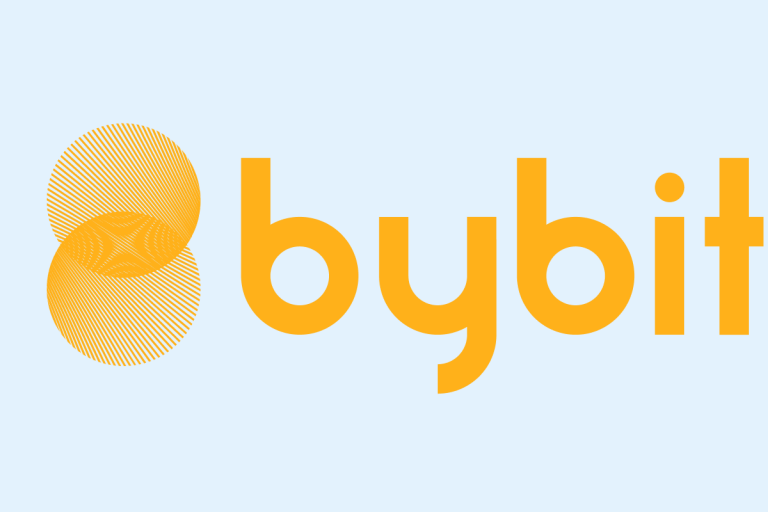2024-04-17

A recent examination conducted by the cryptocurrency exchange Bybit has raised concerns about a possible scarcity of Bitcoin (BTC) on exchanges by the end of 2024 if demand continues at its current pace.
According to the Analysis, if the current rate of withdrawals persists, reserves could be completely depleted within the next nine months.
Currently, approximately 7,000 BTC are being withdrawn daily.
This scarcity prediction is closely linked to the projected halving event in 2024, which will reduce Bitcoin production on each block by half.
Alex Greene, a senior analyst at Blockchain Insights, commented on the situation, stating:
"The rapid depletion of Bitcoin reserves is setting the stage for a potential liquidity crisis.
Despite the recent slump, the spot Bitcoin ETFs have amassed over 841,000 BTC worth $52.9 billion, with over $12.7 billion net flows since launch, according to Dune.
Bitcoin reserves on centralized exchanges fell to a near three-year low of 1.94 million BTC on April 16, according to CryptoQuant data.
As reserves diminish, the market's ability to absorb large sell orders without affecting the price diminishes as well."
Bybit's report highlights the significant increase in Bitcoin investments by institutional investors following recent regulatory approvals of spot Bitcoin ETFs in the United States.
This surge in demand, coupled with a shrinking supply, further exacerbates the shortage.
"The surge in institutional interest has stabilized and significantly boosted the demand for Bitcoin.
This increase is likely to worsen the scarcity issue and drive prices higher after the halving."
The Newborn Nine ETFs have been purchasing BTC at a rate of approximately $500 million per day, resulting in a withdrawal rate of around 7,142 BTC daily from exchange reserves.
Meanwhile, centralized exchange reserves currently hold only about 2 million BTC.
Bybit warns that if demand remains high after the halving reduces the daily mining supply to 450 BTC, exchange supplies could vanish by early next year.
The upcoming halving will reduce the mining reward from 6.25 to 3.125 bitcoins per block, further limiting the influx of new bitcoins into the market.
This programmed reduction mimics resource scarcity, similar to precious metals, and aims to control inflation while increasing Bitcoin's value.
Miners will face reduced incentives and higher production costs, which will likely decrease the frequency of immediate Bitcoin sales after generation.
This decrease in miner sales will contribute to the scarcity of Bitcoin on public exchanges, ultimately driving up prices.
Maria Xu, a cryptocurrency market strategist, explained:
"Miners are adapting to higher costs and reduced rewards. Many may sell a portion of their reserves before the halving to sustain operations, potentially increasing supply temporarily before a long-term decline post-halving."
Bybit's analysis emphasizes the critical and immediate concern of tightening Bitcoin supply, which has significant implications for Bitcoin's pricing and investment strategies.
However, despite the potential challenges, the exchange remains optimistic about the upcoming months and believes that the decrease in supply could trigger a "fear of missing out" (FOMO) among new investors, potentially propelling Bitcoin's price to unprecedented levels.